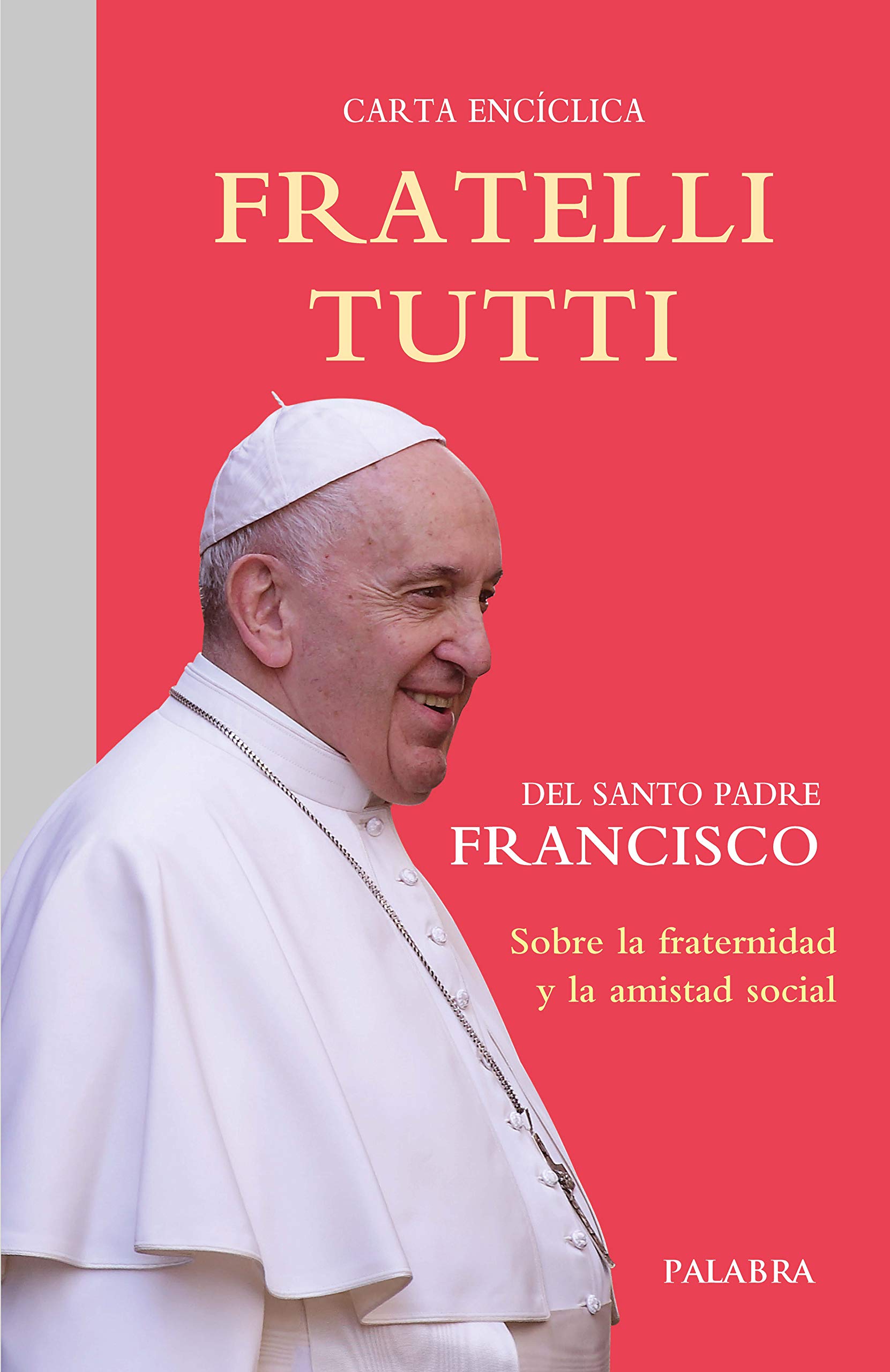Lesson 7: The Freedom of Religion Argument (Part 1)
 Freedom of Religion has been associated with the abortion issue from the very beginning. Both sides use the First Amendment to support their positions. It began with Pro-Life advocates claiming they were denied freedom when they were forced to act against their beliefs. The often-used example was a Roman Catholic doctor or nurse forced to participate in an abortion procedure. It ends with some Pro-Choice people insisting that they too are being denied freedom because their position is also built on religious teachings.
Freedom of Religion has been associated with the abortion issue from the very beginning. Both sides use the First Amendment to support their positions. It began with Pro-Life advocates claiming they were denied freedom when they were forced to act against their beliefs. The often-used example was a Roman Catholic doctor or nurse forced to participate in an abortion procedure. It ends with some Pro-Choice people insisting that they too are being denied freedom because their position is also built on religious teachings.
Until the 1960s, Roman Catholics maintained their faith did not affect their politics and Evangelicals contended we should keep politics out of religion. Then Jerry Falwell founded the Moral Majority to combat what he felt was an attack aimed at destroying traditional religious values. Christians were to take over the courts and school boards to defend themselves. At the same time, Catholic bishops launched a tremendous anti-abortion program.
In 1994, a few well-known leaders issued a very lengthy statement, “Evangelicals and Catholics Together: The Christian Mission in the Third Millennium.” It began with an extended understanding of religious freedom that called for their churches to work for the conversion of the nation, defined as pursuing “the right order of civil society.” It then listed common projects for doing this, the first of which was preserving the sanctity of every human life and the second promoting the traditional biblical understanding of marriage. In other words, the statement came off as anti-abortion and anti-homosexuality.
This was followed in 2009 by the Manhattan Declaration, signed by many more leaders including the Orthodox. Those signing spoke for themselves as individuals, but the declaration has often been taken as a commitment of these bodies to co-operate politically in opposing abortion and gay rights.
Frequently the parties spoke of engaging in a holy war to combat an organized and vicious effort by secular society to close the churches. There is no doubt some people would like to silence the Christian voice, but this seems paranoid.
In response, many in the Pro-Choice movement argued they also base their position on religious beliefs. They regard giving women the decision as another step in the civil rights struggle. In this sense, the state laws prohibiting abortion deny them their religious freedom.
The government would do well to stay out of this very complex religious fight. Throughout our history, the courts have usually interpreted the separation of church and state as protection of the minority to practice their religion. Both sides of the present conflict claim this defense.
The fight also gets very complicated as the battle lines cut across denominational lines. A Christian Century poll reported only 28% of Roman Catholics strongly support the Supreme Court overturning Roe versus Wade. That is the same percentage of white, non-evangelical Protestants. In contrast, 52% of white Evangelicals strongly support the court ruling.
Things get even more knotty when denominations split, and new church bodies are formed over this and the gay rights issue. The fight is clearly not primarily between religious and secular forces. It is an intra-religion battle the government cannot solve without ignoring the wall separating g church and state.
Next week, I’ll examine how the freedom of religion argument gets even more complex.

 Frontline Study is an online discussion of the scriptures, inviting you to share your comments and your reflections on each weekly topic. Simply click on the "Add Reply" text at the top of each post to see what others have posted and to add your thoughts.
Frontline Study is an online discussion of the scriptures, inviting you to share your comments and your reflections on each weekly topic. Simply click on the "Add Reply" text at the top of each post to see what others have posted and to add your thoughts.
Recent Comments